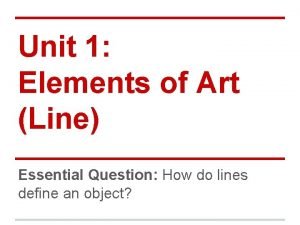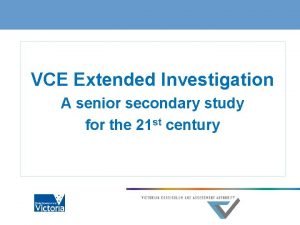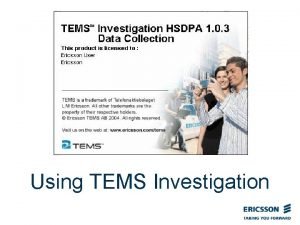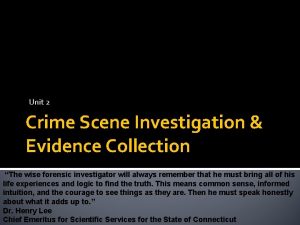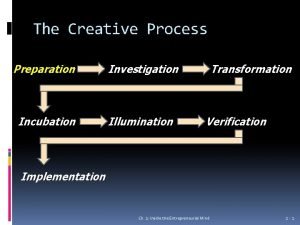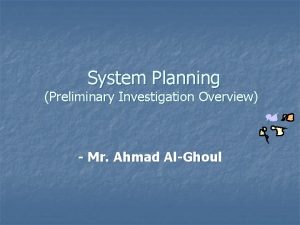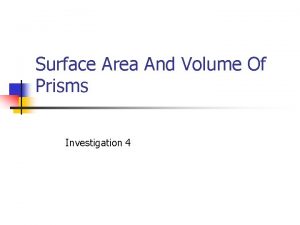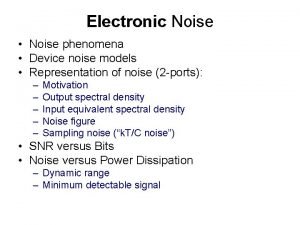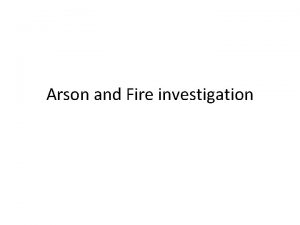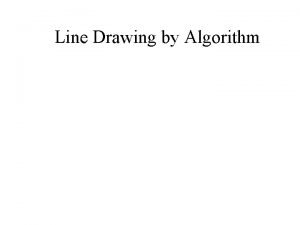Line Noise Investigation l Outline Line Noise Investigation











- Slides: 11

Line Noise Investigation l Outline Ø Line Noise Investigation task Ø E 2 data, line monitoring Ø Documentation Ø Lines observed in E 2 data Ø Conclusion LIGO-G 010126 -00 -Z

Line Noise Investigation l Goal Characterization of line noise in the GW channel due to mechanical and environmental resonances, including measurement of line amplitude, frequency, width, etc. l Data Ø ~80 h of E 2 data starting 11/9 at 9: 17: 47 am (657796678) Ø full RDS, ~10% (~90 GB) of data actually processed l Line Monitoring Ø Ø Ø use the QMLR method (part of DMT) ~40 lines monitored (0. 7 Hz – 7000 Hz) line trend data (10 s-60 s) f, a, phase, psd, snr, …. . offline monitoring of LSC and IOO channels online monitoring of calibration lines during the run Ø online monitoring of power with Multi. Volt l LNI documentation Ø LNI web page: www. phys. ufl. edu/LIGO/LINE/index. html Ø E 2 run web page: directory with ~90 plots Ø LNI E 2 run report: LIGO-T 010018 -00 -D S. Klimenko, LSC March, 2001

LSC-AS_Q l Mainly resonances in the LSC-AS_Q channel were studied. The interferometer noise was 4 -5 orders of magnitude higher then nominal, what sometimes made it hard to detect resonances and do their detailed study (like phase analysis). Many expected mechanical resonances can’t be even seen in the data.

E 2 Lines

0. 7 -0. 8 Hz lines l l A group of resonances due to pendulum motion of mirrors (BS, RM, ITM, ETM) at 0. 74 -0. 75 Hz. Ø The LM can’t resolve them - seen as a single line Another narrow line at 0. 793 Hz is probably due to the small optics (2 K) pendulum pitch mode (0. 79 Hz as measured at LHO) LIGO-G 010126 -00 -Z

12. 05 Hz Line l l observed both in LSC-AS_Q and IOO-MC_F channels. measured frequency: 12. 05 Hz and 12. 07 Hz respectively (? )corresponds to the HAM stack resonance (12. 1 Hz).

35 Hz Line l l l No mechanical resonances are expected at this frequency. Possibly it’s an environmental line coming from the fan in office area air handler (expected ~35 Hz). clearly seen in LSC-AS_Q and IOO-MC_F

Power Lines S. Klimenko, LSC March, 2001

Calibration Lines l l 4 groups of lines: 31 Hz, 71 Hz, 271 Hz, 901 Hz 4 lines in each group separated by 0. 5 Hz

3783. 1 Hz-3883. 5 Hz lines

Summary l l Narrow resonances have been studied and documented from data taken during the E 2 run at LHO. While we have concentrated here on the LSC and IOO channels, similar results have been found in many other channels also. Using the Quasi-Monochromatic Line Monitor, we have recorded extensive trend data (more then 80 hours) showing frequency and amplitude time variability, frequency spread and possible confusion with other nearby lines. Overall, we have gathered extensive information about the line noise in the E 2 run, which will serve as a first step towards confirmation of the source for the lines we discuss, and also towards an effort to deal with these lines, whether in the instrument itself, or in subsequent data.
 Quantization noise in pcm
Quantization noise in pcm Quotation sandwich examples
Quotation sandwich examples Power line noise
Power line noise Eg subject code
Eg subject code Blind contour line definition
Blind contour line definition Outline vs contour lines
Outline vs contour lines Extended investigation
Extended investigation Tems investigation
Tems investigation Seven s of crime scene
Seven s of crime scene Preparation incubation illumination and verification
Preparation incubation illumination and verification System planning and initial investigation
System planning and initial investigation Surface area investigation
Surface area investigation





